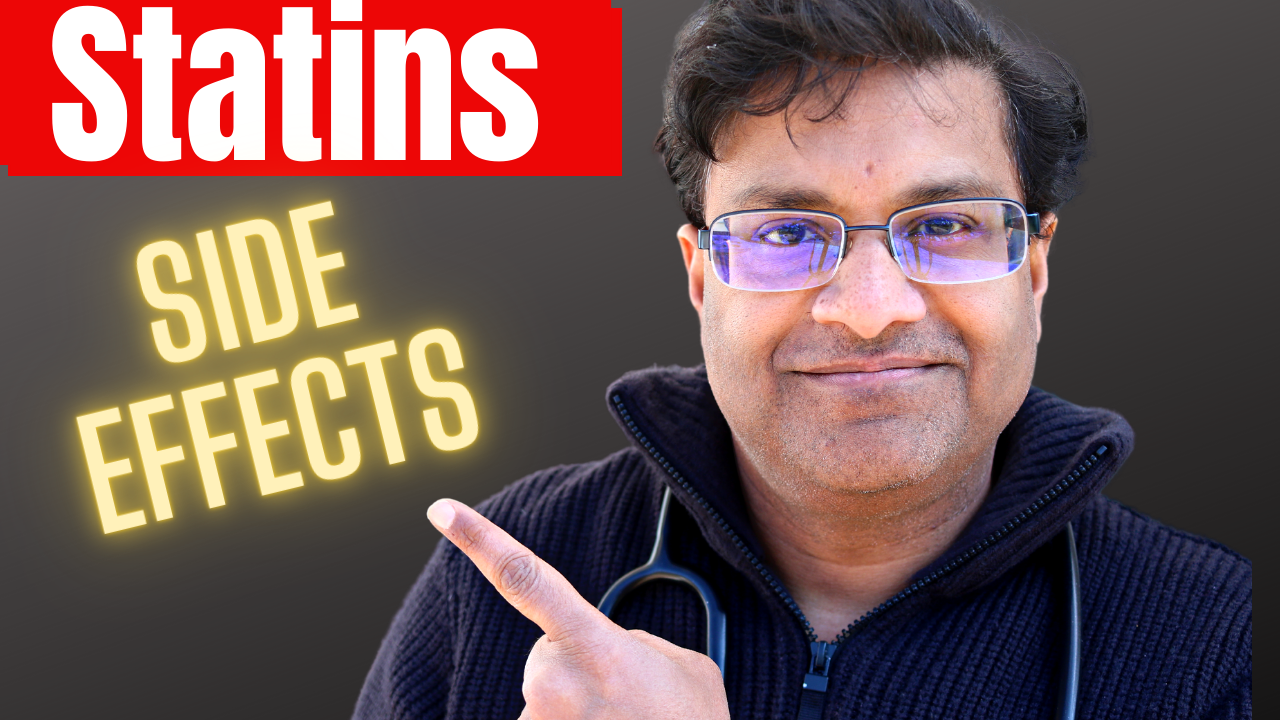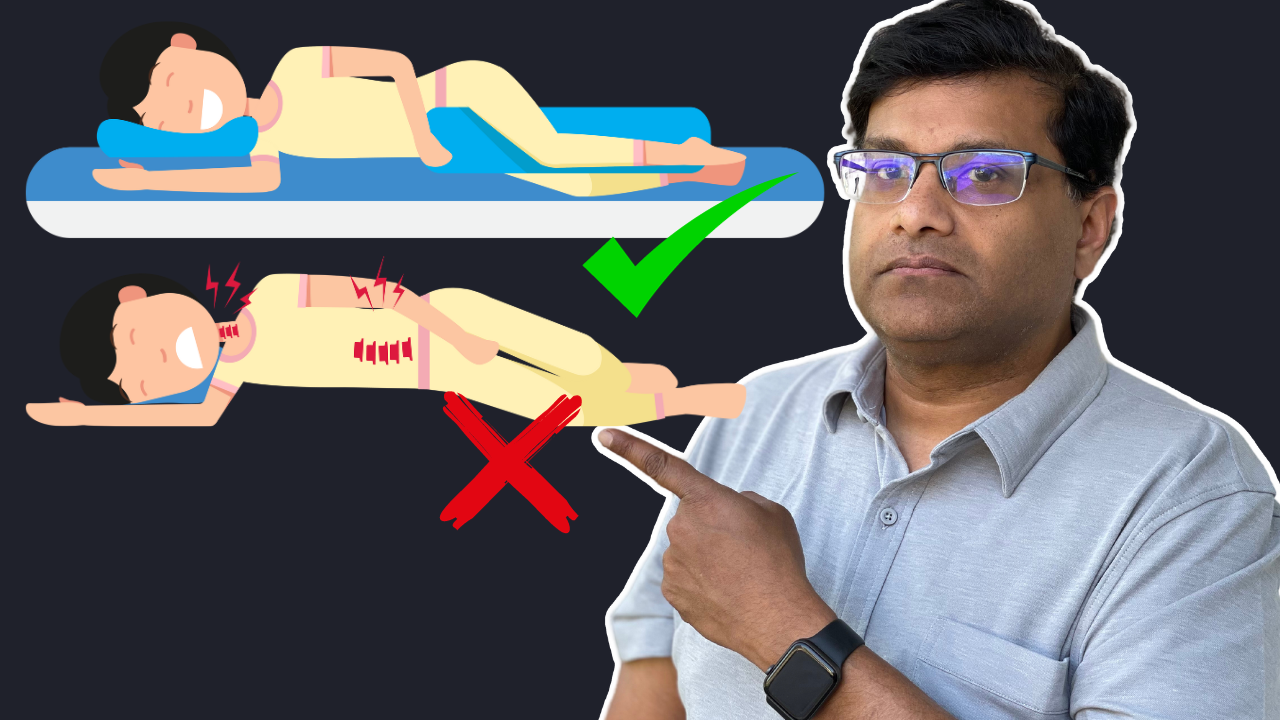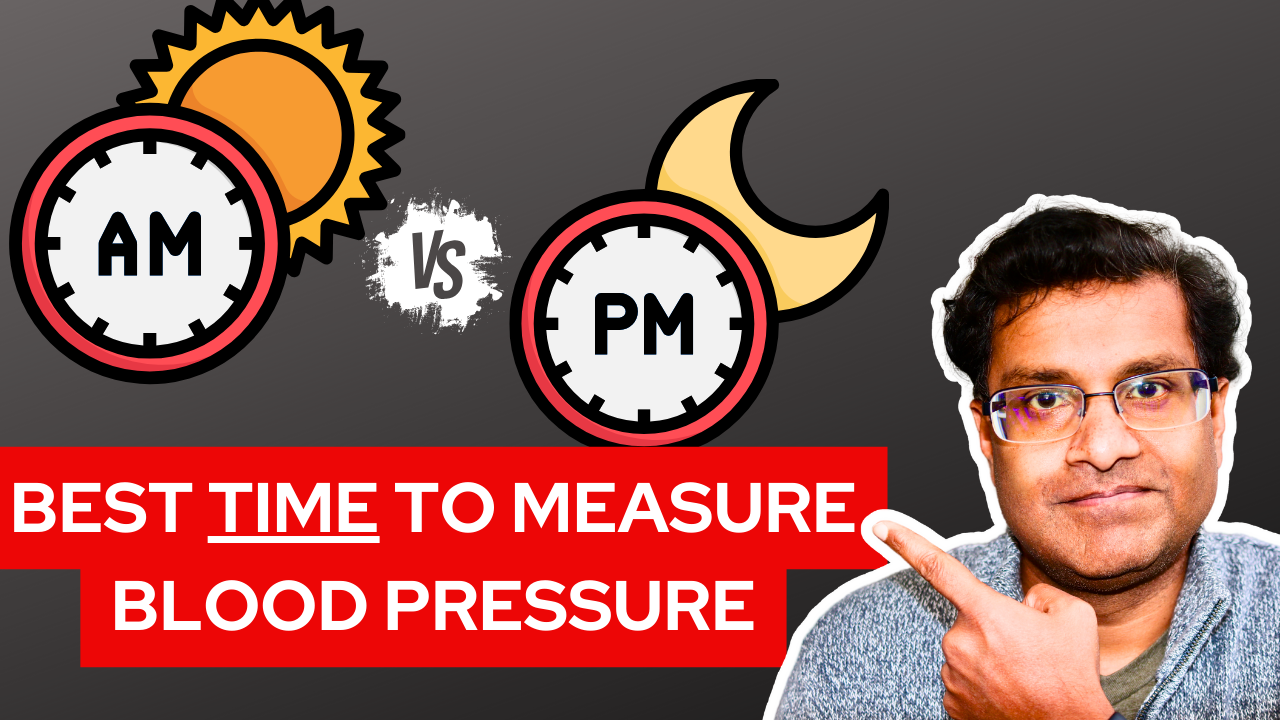Are you on a statin drug?
Are you having side effects?
This article will look at the 10 most common side effects of statin drugs.
Statins are drugs used to lower your lipids. They are used most importantly to lower LDL cholesterol. LDL cholesterol is sometimes referred to as your bad cholesterol, as high LDL levels can raise your risk of cardiovascular disease. When your lipids are elevated, this condition is also called hyperlipidemia. Hyperlipidemia can increase your risk of cardiovascular disease. You would be at an increased risk for heart attacks, strokes or even peripheral vascular disease. All these conditions have something in common. Your blood vessels can get clogged up with fatty deposits and this in turn affects blood flow in your vessels. That’s why if these blood vessels get too narrow that will limit the amount of blood flowing to a particular organ and if the heart is affected you had an increased risk for heart attack if the brain is affected you’re an increased risk for brain attack or stroke and if you are peripheral vessels are affected your increased risk for pain when you’re walking and in very serious cases you will have you are at an increased risk for amputation.
Here are the most common Statins and I’ve included both the generic name as well as the brand names:
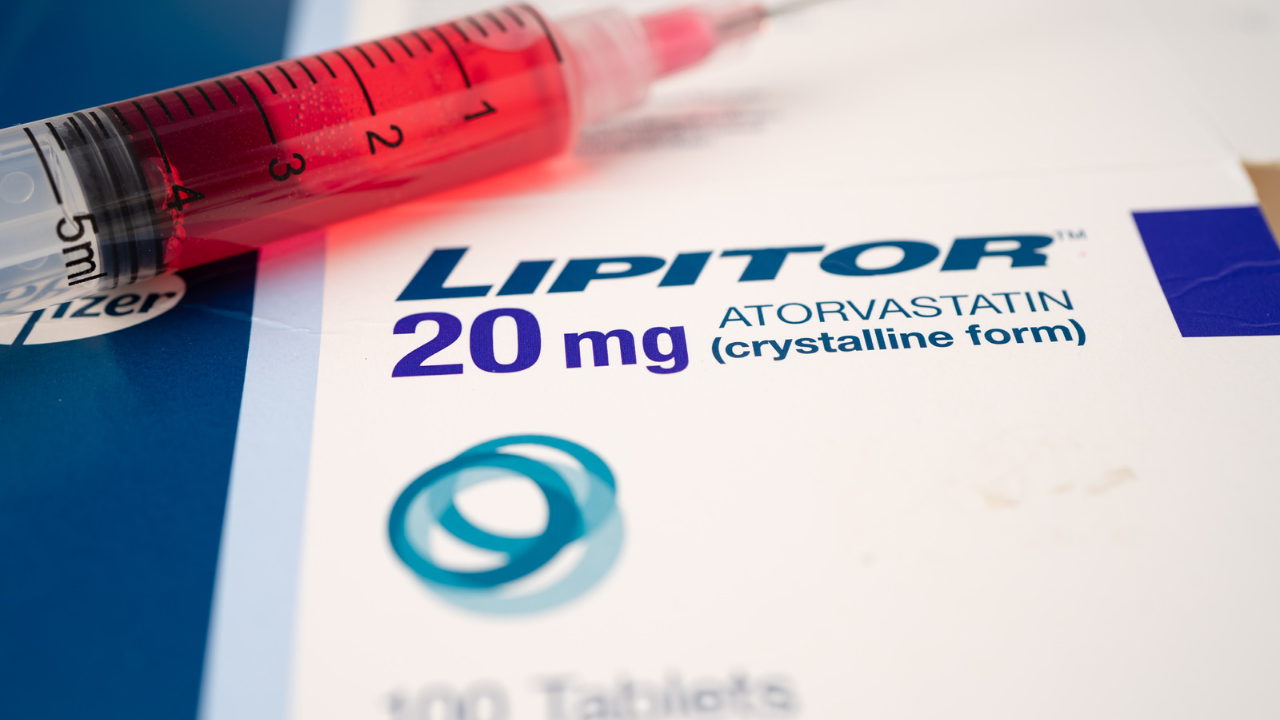
- Atorvastatin (Lipitor)
- Fluvastatin (Lescol XL)
- Lovastatin (Altoprev)
- Pitavastatin (Livalo, Zypitamag)
- Pravastatin (Pravachol)
- Rosuvastatin (Crestor, Ezallor)
- Simvastatin (Zocor)
All drugs may cause side effects. There will be always some people who have no or only mild side effects. Others may have moderate to severe side effects leading to discontinuation of their medication. If you do have side effects, talk to your health care provider for next steps and advice.
This article will look at the 10 most common side effects as well steps to reduce them.
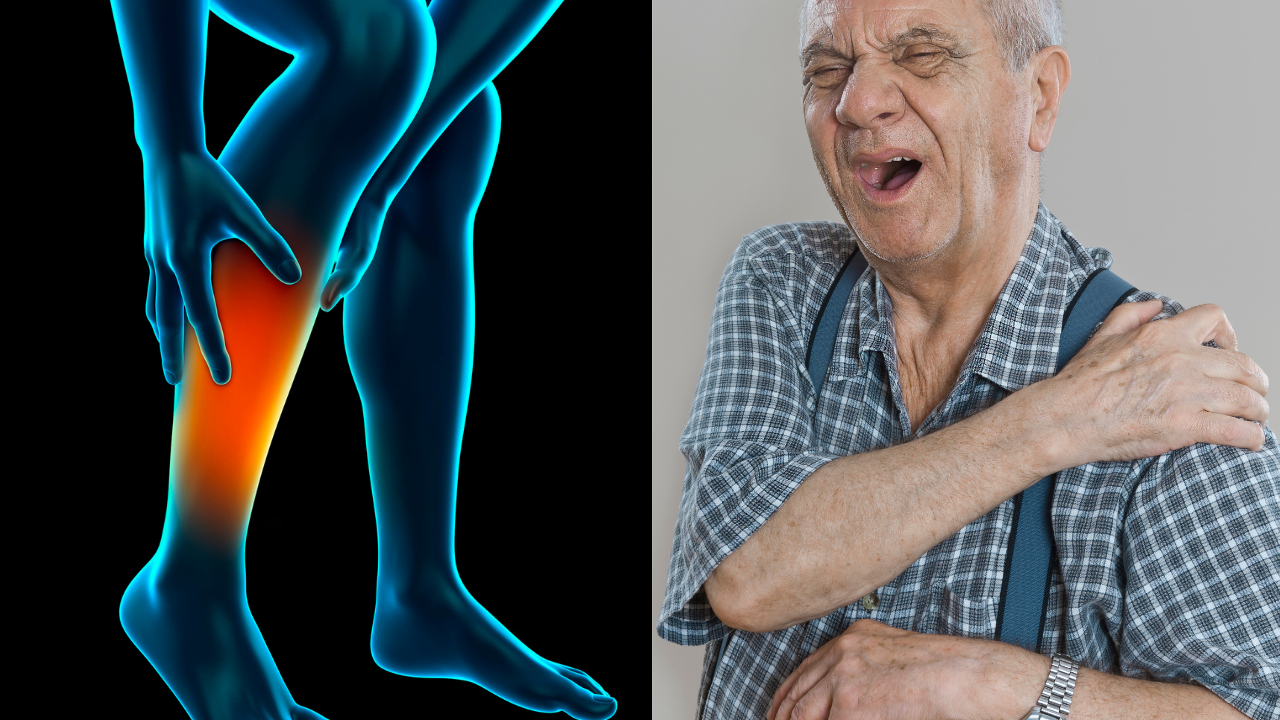
1.Muscle pain: (2-11%):
Adverse events causing muscle pain and aches occur in varying frequency and according to uptodate.com ( a peer reviewed online journal) 2-11%, with a lower frequency of 0.5% for myonecrosis ( a breakdown of your muscle tissue) and 0.1% for rhabdomyolysis. (This is a direct or indirect injury of your muscle tissue which can lead to kidney failure).
In fact, the type of injury to your muscle has a variety of names. The most common being a medical term referred to as myalgias. You will have a feeling of soreness, stiffness, or tenderness in your muscles. Sometimes this is described as a cramp. The best way of comparing this is if you ever had a viral infection like the flu that’s the type of pain you may experience. Another type of injury to your muscles is referred to as myopathy which just means your muscle is weaker. You may have pain and discomfort with this weakness. Then there is a muscle inflammation where you well feel muscle discomfort and soreness. This is called myositis. A step worse than this is a term called myonecrosis where because of muscle breakdown a marker called CK is released and can be measured. The worst type of this is rhabdomyolysis where during this muscle breakdown a protein is released from your muscles and excreted in your urine. You can also have acute renal failure with this condition.
I am now going to list some Statin medications with an increased risk for muscle injury: Lovastatin,(Mevacor) Simvastatin(Zocor) and Atorvastatin(Lipitor). The reason is the way this drug metabolized in your body. Some other Statin drugs have a lower risk as they are they are metabolized differently thus having less of a risk : Fluvastatin (Lescol) , Pravastatin ( Pravachol) and Pitavastatin( Livalo).The ability to cause muscle injury among the different statins also depends on the Statin dose. The higher the dose the higher the risk.
Other risk factors for Statin induced injury:
- A medication which interacts with Statin
- Untreated thyroid disease(hypothyroidism)
- High Statin dose
- Hx of muscle symptoms with other cholesterol lowering drugs
What are some things you and your health care provider can do if you do have muscle pain while on a Statin?

Here are the 7 tips:
1)Discontinue the drug waiting for resolution of symptoms. Your symptoms, like mentioned above should resolve within a couple of weeks.
2)Your doctor might lower the dose of the Statin or even change the class of the Statin to an alternative class of drug.
3)Another approach is to give the drug every other day.
4)If symptoms persist switch to a non-statin therapy such as Niacin, Fibrate, or a newer class of drugs called PCSK9 inhibitors or bile acid sequestrants such as Cholestyramine. However, more importantly, lifestyle changes are the most important changes you should pursue.
5)Sometimes Vitamin D is lower and your doctor might choose to re-challenge you once the level has improved after being replenished with an appropriate dose of Vitamin D.
6) Your doctor might add Coenzyme Q10.Doses can range from 30-250 mg/day. Coenzyme Q10 plays a role in muscle cell energy production. Therefore, this supplement is suggested to help muscle related problems caused by Statins.Have a discussion with your health care provider about adding this supplement.
QUESTION OF THE DAY?
Are you on a STATIN and do you have muscle aches. Leave you comments in the section below.
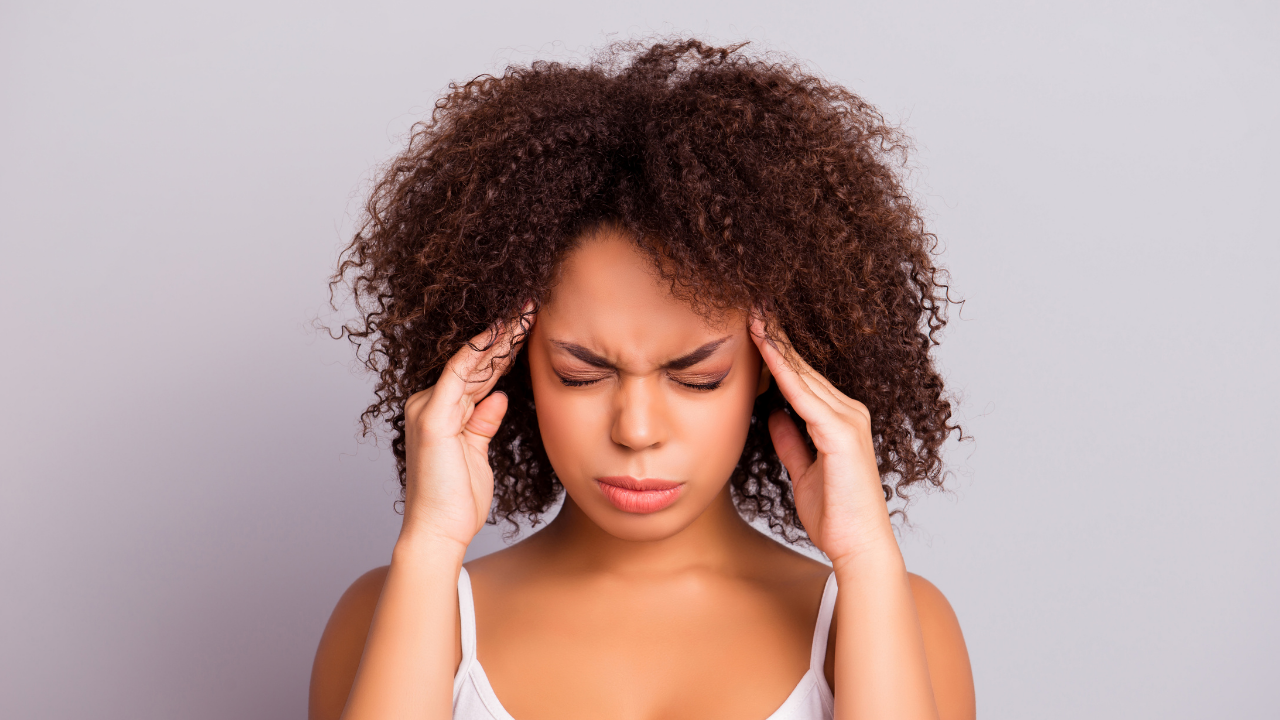
2) Headaches (2-17%):
In the journal of family practice the frequency of headaches with statins was noted to be 2-17%.If the headaches continue to be an issue with you over the counter Tylenol (Acetaminophen) can be used. However, if the headaches do not improve or even become worse talk to your health care provider as there might be another cause for your headaches. A rare adverse event is a statin induced increased risk for intracerebral hemorrhage. Intracerebral hemorrhage is another way of saying you had a brain bleed, and this is caused by a ruptured blood vessel. So, in other words for patients who are on statin therapy with a hx of a brain bleed “the recurrence rate was 73% higher for patients taking statins”.One of the hallmarks of this presentation is a very severe headache and would need immediate medical attention in the emergency room.
3) GI side effects (1-7%):
The incidence of GI side effects is about 1-7 %.What are common GI side effects? These would include nausea and vomiting diarrhea, abdominal pain, and constipation. If you do have constipation, follow a high fiber diet and hydrate well. These side effects should be self-limiting however if you continue to have symptoms talk to your health care provider about possible stomach related medication side effects and possible rule out other causes.

4) Fatigue (1-4%):
Feeling is seen by about 1 to 4% of people taking statin drugs. You’ll feel like having low energy and not feel motivated to do activities throughout the day. If you do feel like that make sure that you’re following a heart healthy diet and continue to stay active by moving. Walking should suffice.Make sure that you sleep well, as well as take plenty of rest and break throughout the day. If your day allows for it a 20 minute power nap that will do wonders.
5) Hepatitis and liver failure:
This is extremely rare, and the exact frequency is not defined. Adverse advents were also described in post marketing surveys. A sign of liver damage could be elevated liver enzymes during lab draws. Other sign and symptoms would include low energy, abdominal pain, dark urine, jaundice i.e. yellowing of your eyes and skin, loss of appetite.
7) Upper respiratory infection(1-16%):
This is indeed a curious adverse side effect and is seen in 1-16% of individuals. Some of the symptoms you might experience are runny nose, cough, or sore throat. You can use OTC medications such as cough drops or liquid to help with symptom management. As always, a non-pharmacological approach is preferred as such as drinking tea with honey or gargling your mouth with salt water.
8) New onset type 2 diabetes:
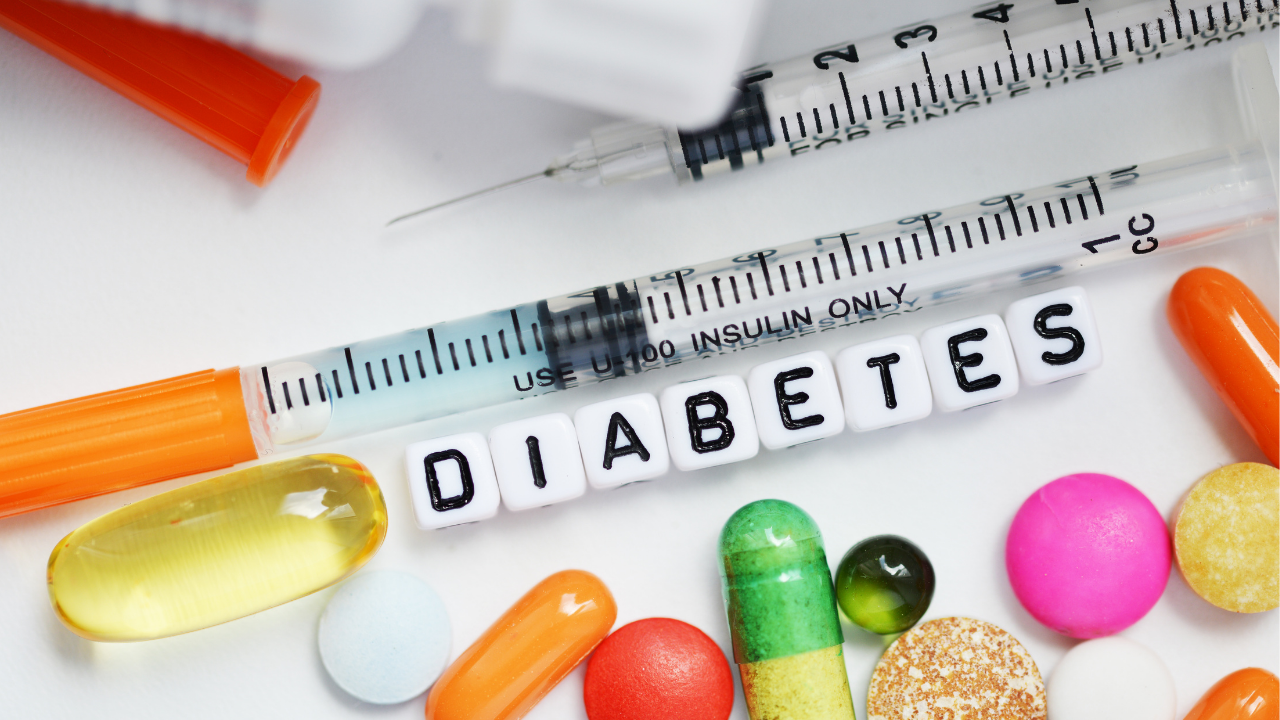
Here I am quoting from the journal of family practice: recent studies have found an increased risk of new onset type 2 diabetes in statin users, with an increased risk associated with higher potency statins including Rosuvastatin and Atorvastatin. If you’re a new user of a cholesterol lowering drug, make sure you are health care provider is monitoring your blood sugars during routine blood draws. Signs and symptoms of hyperglycemia which is another way of saying increase blood sugar include fatigue, abdominal pain, nausea and vomiting, episodes of confusion, increased thirst and dry mouth, shortness of breath, combined with weight loss.
The numbers for the risk of developing diabetes appear to be small,nonetheless your healthcare provider should be checking your blood sugars and discussing the risks vs benefits for your individual situation depending on your other comorbidities, age and other medications you are on.
9) Allergic reactions:
Statin drugs like other drugs can cause allergic side effects. If you do have difficulty breathing, chest pain, swelling of your face, lips , hives ,difficulty swallowing or swelling in your throat call your healthcare provider as soon as possible these may be signs and symptoms of a severe allergic reaction and you might have to go to the emergency room.
10) Cataracts and statin use:

Here is a study that looked at this and concluded:
Ageing is the most common cause for cataracts therefore if this an issue which concerns you have a discussion with your doctor or health care provider.
If you are interested in the YT video click right here or here.
Have a good day and think your health.
Sources:
- https://www.goodrx.com/classes/statins/statin-side-effects
- https://cdn.mdedge.com/files/s3fs-public/Document/September-2017/JFP_06309_Article1.pdf
- https://pubmed.ncbi.nlm.nih.gov/
- https://www.ahajournals.org/doi/
- https://www.ahajournals.org/
- https://www.ahajournals.org/doi
- https://pubmed.ncbi.nlm.nih.gov



